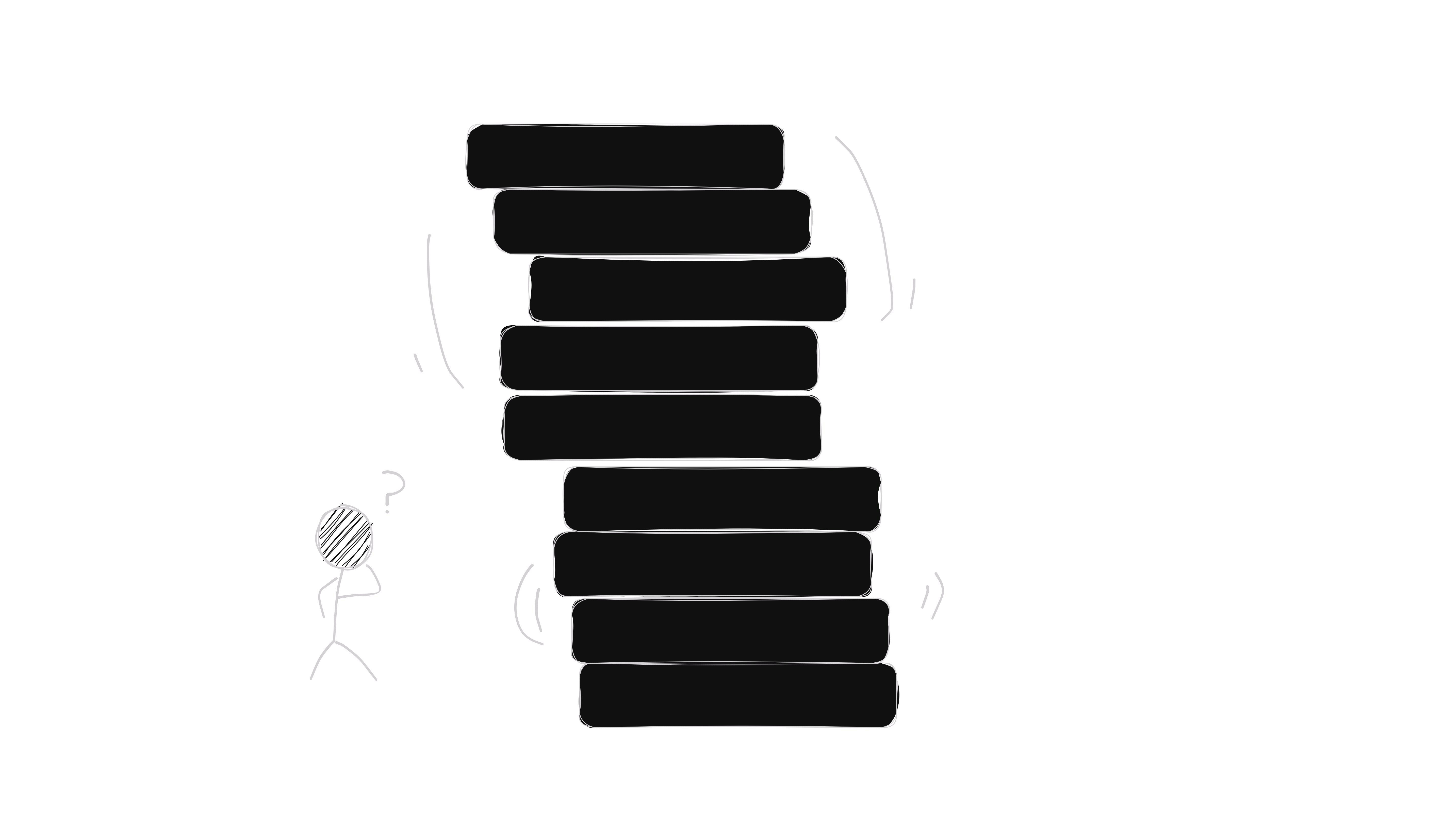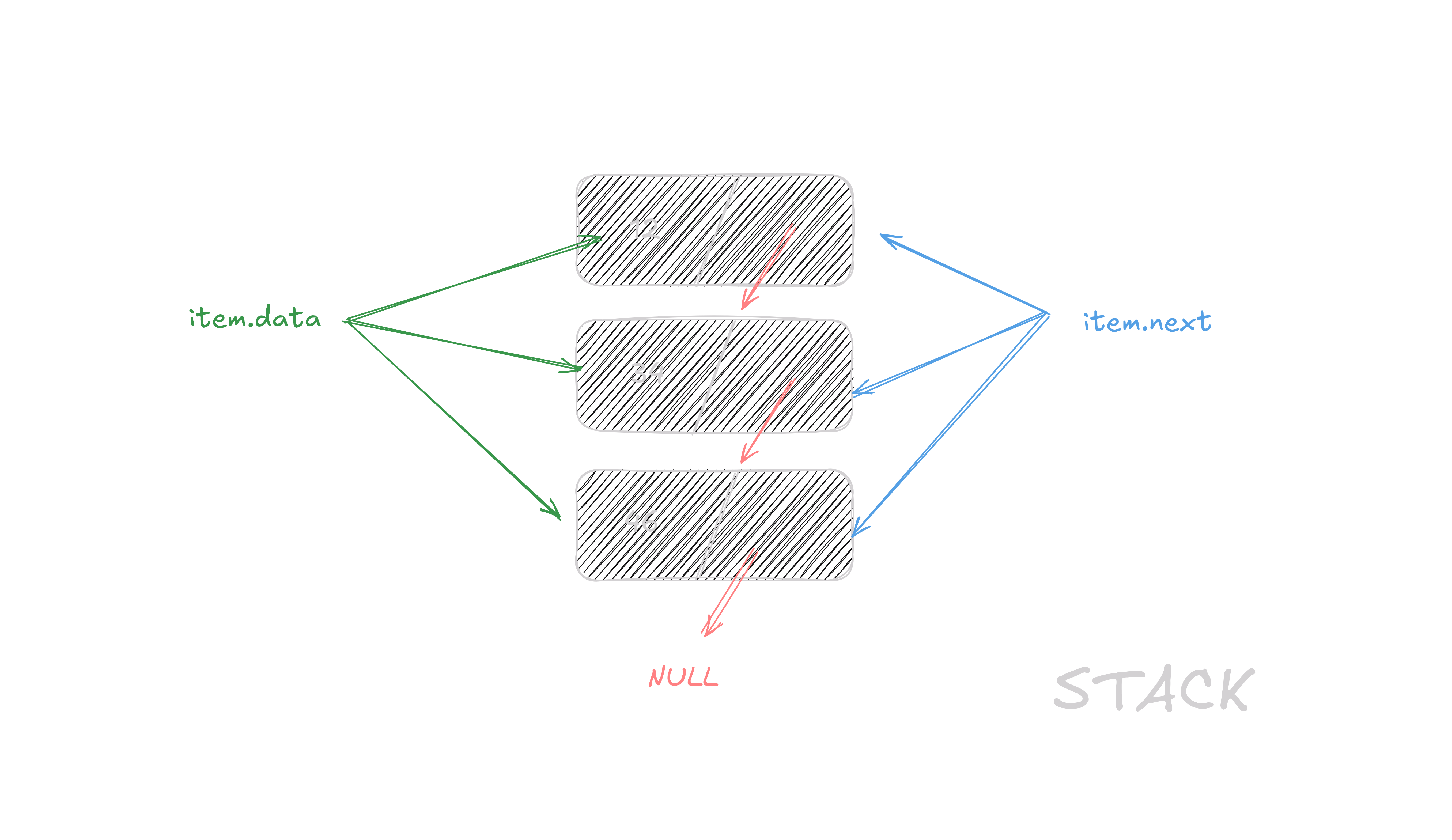Stacks

If we stack up plates one on top of another, and take one out it, its obvious that the last one we stacked, will be the first to be take out. This is called the LIFO principle (last in, first out) and this is what, the stack data structure is based on. There are basically only two major operations in stack:
- Push: adds an item to the top.
- Pop: removes the top most item.
Implementation of stack
In this implementation, we will have two structs, one for the stack itself, and other for each item in the stack.
struct Item {
int data;
struct Item* next;
};
struct Stack {
struct Item* head;
}In the Item struct, we have a data field which holds the info for that item and then we have a pointer to another Item, which would the next item that comes in the stack.

So let us just create a function to make us a new stack.
struct Stack new_stack() {
struct Stack stack;
stack.head = NULL;
return stack;
}
int main() {
struct Stack stack1 = new_stack();
}Initially, it will have 0 elements, so it's head is set to null.
We can check if a stack is empty by using this function:
int is_stack_empty(struct Stack* stack) {
return stack->head == NULL;
}Let us now create a function to push a new element onto the stack;
void push_stack(struct Stack *stack, int data) {
struct Item* new_item = (Item*)malloc(sizeof(Item));
new_item->data = data;
new_item->next = stack->head;
stack->head = new_item;
}In this method, first we create a new item via malloc. After assigning it the data we passed, we point to the element which is currently in the top of the stack, to the new_item's next pointer and then we set the head of our stack and new item. This allows our new_item to be on the top of the stack.
Removing the top item from the stack is not hard either.
void pop_stack(struct Stack *stack, int data) {
if (!is_stack_empty(stack)) {
struct Item* temp = stack->head;
stack->head = stack->head->next;
free(temp);
}
}struct Item* temp = stack->head; is necessary to safely remove the top item of the stack without losing the reference to it, allowing you to free the memory associated with that item.
Another method we need is to get the top most element of stack. This is known as a peek.
int pop_stack(struct Stack *stack, int data) {
if (!is_stack_empty(stack)) {
return stack->head->data;
}
}To traverse a stack, we can use a while loop till stack->head becomes NULL.
void traverse_stack(struct Stack *stack) {
struct Item* head = stack->head;
while (head != NULL) {
printf("%d", head->item);
head = head->next;
}
}And these are, mainly the functions you would need to implement a stack in C.
Queues
